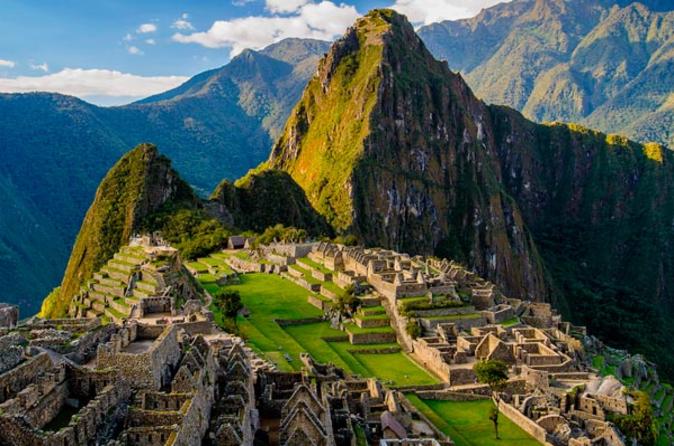Tourism in Peru
Tourism in Peru
Tourist places in Peru
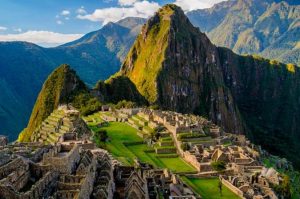
General information about Peru
Peru is located in western South America, bordered to the north by Ecuador and Colombia, to the east by Brazil and Bolivia, to the south by Chile, and to the west by the Pacific Ocean. It extends over an area of 1,285,216 square kilometers.
Lima
Lima, the capital of Peru, is located on the arid coast of the Pacific Ocean. Although it remains a city that has gone through violent colonialism, it is a bustling city and one of the largest in South America. It is home to the Museo Larco collection of pre-Columbian art and the Museu de la Nación, and traces the history of ancient civilizations in Peru. The Plaza de Armas square and the 16th-century cathedral are located in the heart of old Lima Centro.
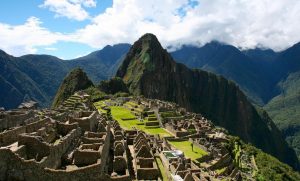
Other Lima Centro attractions include the Baroque Abbey in San Francisco and Torre Tagli Palace. Downtown, the hip seaside district of Barranco is known for its nightlife. Lima is also known for its vibrant food scene, which includes specialties and international haute cuisine.
Machu Picchu
Machu Picchu is located 2,430 meters above sea level, in the middle of a tropical mountain forest, with an unusually beautiful setting. It is one of the most exciting city creations of the Inca Empire at the height of its power. Its gigantic walls, balconies, and stairs all look like they were naturally cut from solid rock. The natural surroundings include, on the eastern slopes of the Andes Mountains, the Upper Amazon Basin, which is rich in its diversity of plants and animals.
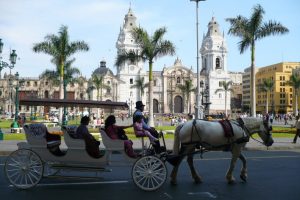
Cosco
Cusco, a city in the Andes Mountains of Peru, was the capital of the Inca Empire and is now well-known for its monuments and Spanish colonial architecture. Plaza de Armas is the central square in the Old Town, with arcades, and carved wooden balconies. The Baroque Monastery of Santo Domingo was built on top of the Incan Temple of the Sun (Qoricancha), and contains archaeological remains of Inca stonework.

Spanish landmarks such as the 17th-century cathedral use Inca buildings as institutions. The Sacsayhuamán complex sits on the hilltop in town, with characteristic jagged stone walls, as well as views of the red-tiled roofs and the surrounding mountains. Located at an altitude of 3,400 meters, Cusco is the gateway to Inca sites in the Urubamba (Sacred) Valley and on the Inca Road, a multi-day trip that ends at the Machu Picchu mountain fortress.

Lake Titicaca
Lake Titicaca, located on the border between Peru and Bolivia in the Andes Mountains, is one of the largest lakes in South America and the world’s largest navigable water surface. Said to be the birthplace of the Incas, it is home to numerous ruins. They shelter rare wildlife such as giant frogs.
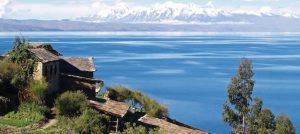
The common Bolivian entry point, Copacabana, includes two important religious areas: the Basilica of Our Lady of Copacabana and Cerro El Calvario, and there are tours of the car-free islands of Isla del Sol and Isla de la Luna.
